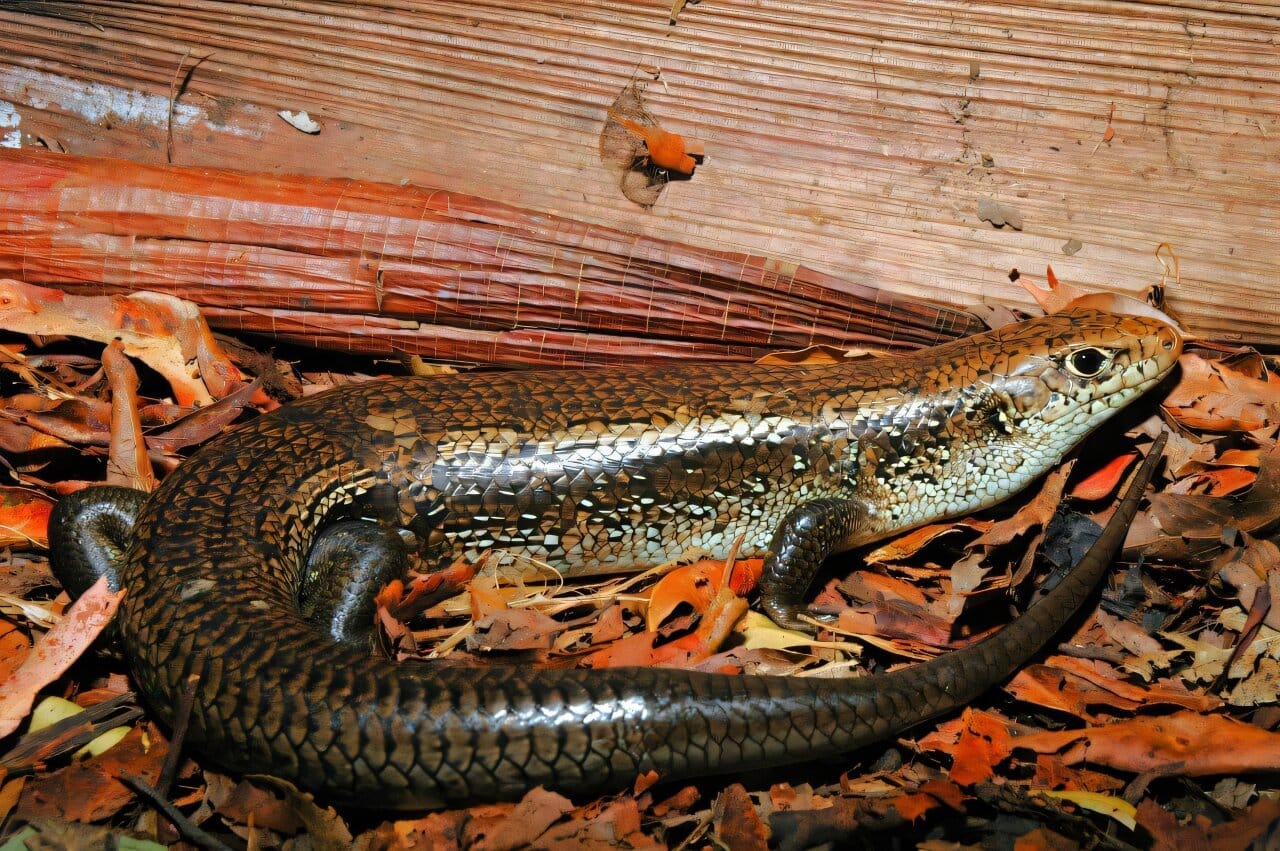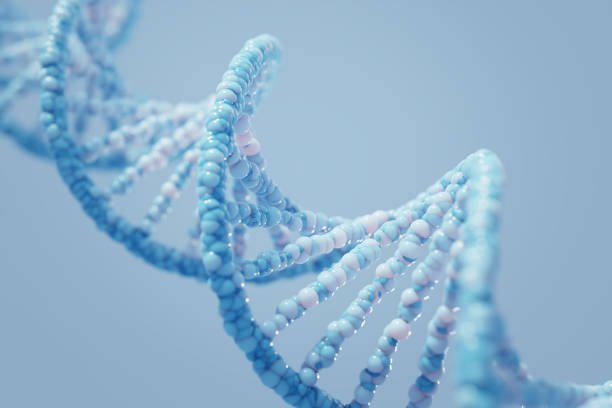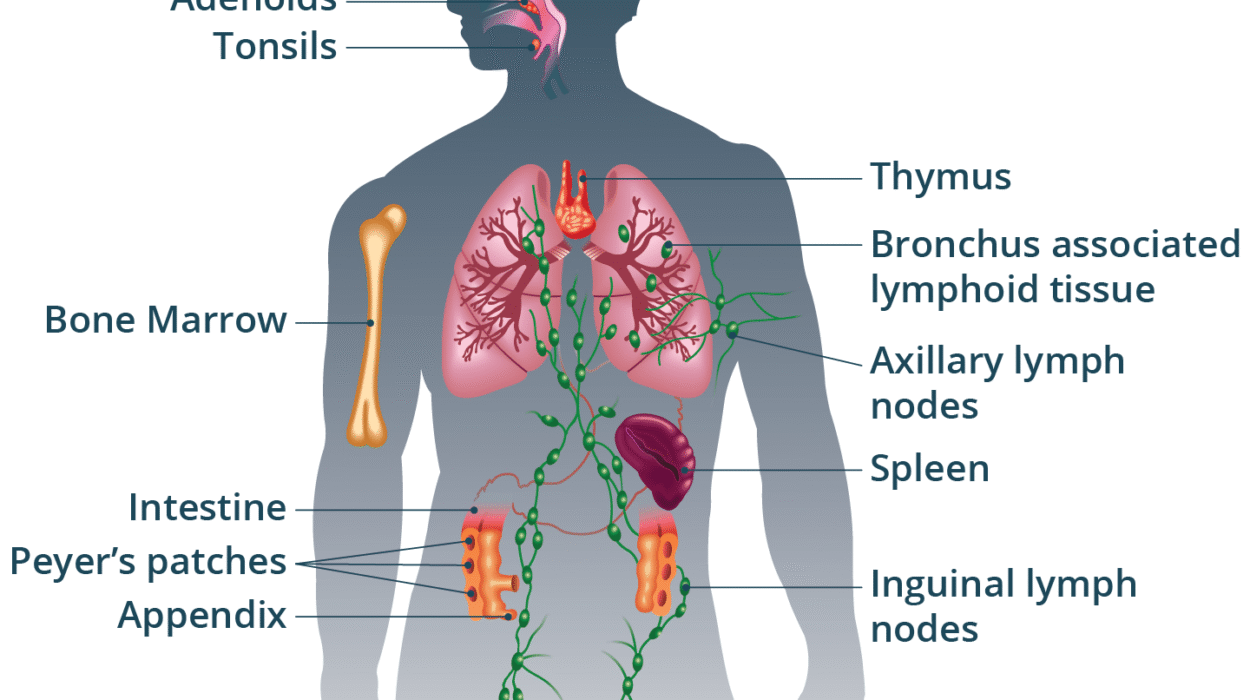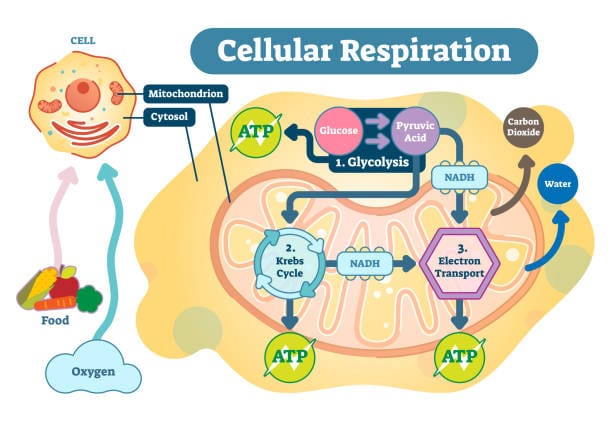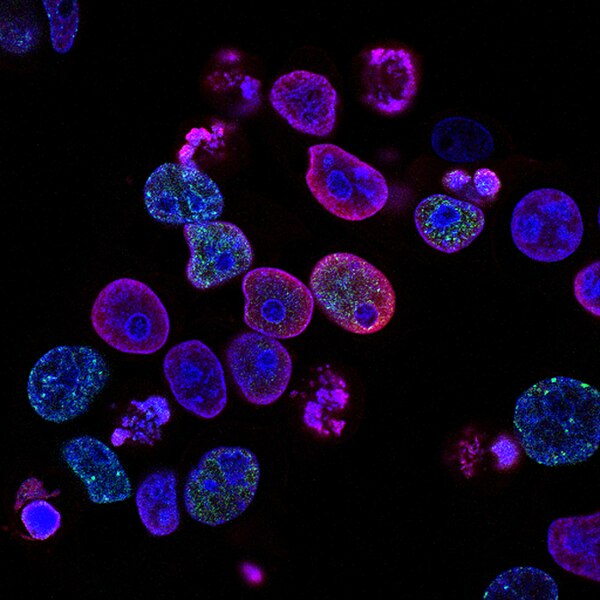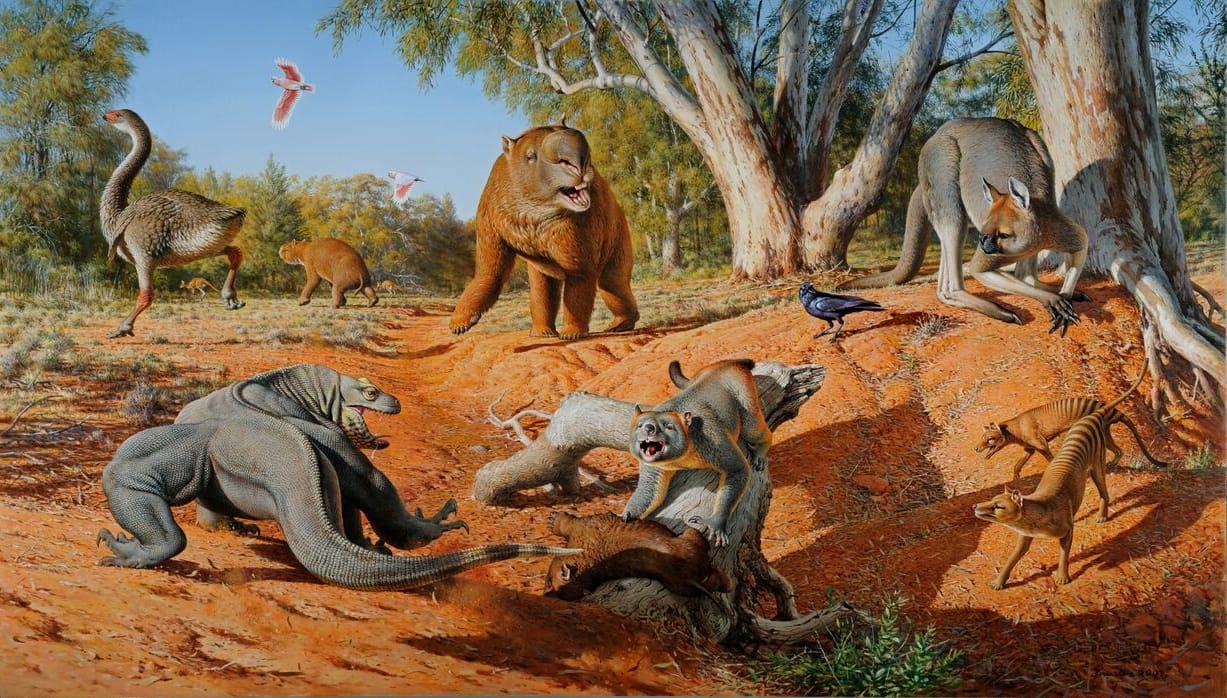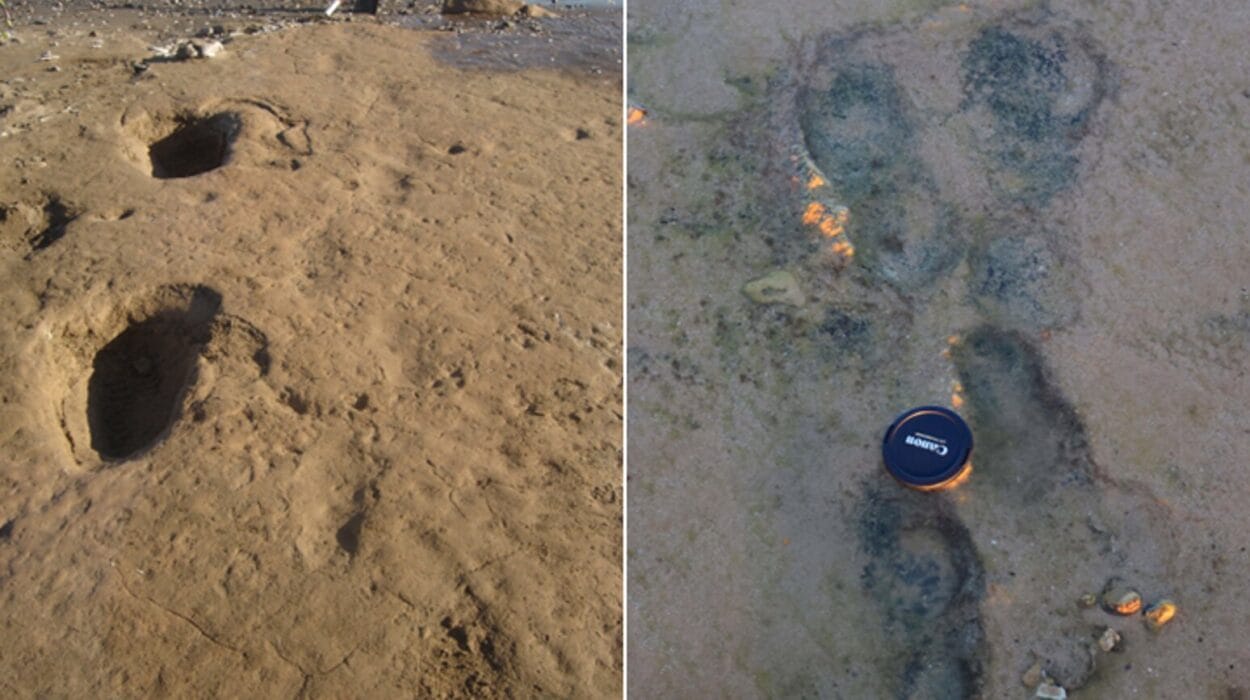In the brutal arms race between predator and prey, evolution doesn’t play fair—but it does play smart. A remarkable new study led by scientists at the University of Queensland has uncovered one of nature’s most ingenious biological defenses: Australian skinks have evolved molecular armor that blocks deadly snake venom from paralyzing their muscles.
Published in the International Journal of Molecular Sciences, the research reveals how these unassuming reptiles managed to dodge death by tweaking the very molecules that snake venom targets. It’s not just a tale of survival—it’s a window into the cutting-edge of evolutionary biology, and possibly the future of biomedical science.
Venom Meets Its Match
Snakes kill not just with fangs, but with chemistry. Many snake venoms contain neurotoxins designed to shut down an animal’s nervous system by binding to the nicotinic acetylcholine receptor—a key molecule that allows nerve cells to communicate with muscles. Once bound, these toxins cut off the signal that tells muscles to move, leading to rapid paralysis and often death.
But Australian skinks, a widespread and diverse group of lizards, have fought back with microscopic but mighty changes.
“What we saw in skinks was evolution at its most ingenious,” said Professor Bryan Fry from UQ’s School of the Environment, who led the research. “They’ve evolved tiny but crucial changes to the receptor that venoms target, effectively blocking the toxins from attaching. It’s like changing the lock on a door so that the key no longer fits.”
25 Evolutionary Strikes Against Death
What makes this discovery even more astonishing is how often this defense evolved. According to the study, skinks have independently developed venom-blocking mutations at least 25 separate times across different species—each one a unique evolutionary strike against a common enemy.
This phenomenon, known as convergent evolution, is a powerful reminder of how similar problems in nature often lead to similar solutions. In fact, one of the same mutations found in skinks has evolved in some of the animal kingdom’s most famously venom-resistant species, including mongooses and honey badgers.
“To see this same type of resistance evolve in a lizard and a mammal is quite remarkable—evolution keeps hitting the same molecular bullseye,” Professor Fry said.
Molecular Armor: Sugar Shields and Amino Substitutions
So how exactly do these molecular defenses work?
The research team found two key types of changes in the skinks’ acetylcholine receptors. One mechanism involves the addition of sugar molecules to the receptor—these sugars physically block venom from reaching its target, like barricades at a fortress gate. Another involves swapping out a single amino acid in the receptor’s protein chain. In particular, the substitution of the amino acid arginine at position 187 proved especially potent at preventing venom from binding.
These subtle shifts, though invisible to the naked eye, make all the difference when venom strikes.
Dr. Uthpala Chandrasekara, who conducted the laboratory experiments at UQ’s Adaptive Biotoxicology Laboratory, was amazed by the results. “We used synthetic peptides and receptor models to mimic what happens when venom enters an animal at the molecular level,” she said. “The data was crystal clear—some of the modified receptors simply didn’t respond at all. It’s fascinating to think that one tiny change in a protein can mean the difference between life and death when facing a highly venomous predator.”
Evolution Born of Necessity
The evolutionary arms race between skinks and snakes didn’t happen overnight. Australia’s snake population is among the most dangerous in the world, and their spread across the continent likely exerted immense pressure on early skink populations. Those without natural defenses would have quickly fallen prey. Those with even a slight edge—one minor mutation—had a better chance of surviving, reproducing, and passing that edge on to their offspring.
“It’s a testament to the massive evolutionary pressure that venomous snakes exerted after their arrival and spread across the Australian continent,” Professor Fry explained. “They would have feasted on the defenseless lizards of the day. But evolution fights back.”
Why This Matters for Humans
While this story may seem like it belongs solely in the realm of reptilian warfare, the implications for humans are far-reaching. Snakebite envenoming is still a significant public health problem in many parts of the world, particularly in Asia, Africa, and Latin America. The World Health Organization estimates that more than 100,000 people die each year from snakebites, and many more suffer life-altering injuries.
Understanding how nature has evolved resistance mechanisms could open new avenues for medical research. Instead of relying solely on traditional antivenoms—which are expensive to produce and can carry risks—scientists might one day develop synthetic drugs or therapies inspired by the molecular strategies found in skinks.
“Understanding how nature neutralizes venom can offer clues for biomedical innovation,” Dr. Chandrasekara said. “The more we learn about how venom resistance works in nature, the more tools we have for the design of novel antivenoms.”
A Global Collaboration Rooted in the Wild
The research wasn’t confined to the lab. It included extensive fieldwork and collaboration with museums across Australia to collect samples and study different skink species. By comparing species with different levels of snake exposure, the team was able to link specific genetic adaptations with ecological risk.
That kind of data, grounded in both evolutionary history and real-world conditions, adds weight to the study’s findings—and highlights the value of natural history collections in modern science.
The Bigger Picture: Evolution’s Endless Creativity
This study is more than just a fascinating glimpse into how lizards beat venom. It’s a story about the raw power of evolution—the way life adapts, innovates, and resists. It’s about how a single amino acid, or a sugar molecule in just the right place, can tip the scales between life and death.
It’s also a story about how humans, despite all our technology, still have much to learn from the natural world.
Whether it’s a skink scurrying across the outback or a scientist in a lab, nature and humanity are connected by the same basic questions: How do we survive? How do we adapt? And what secrets lie waiting to be discovered in the molecules of life?
This study, in peeling back the curtain on one of those secrets, gives us more than just knowledge. It gives us awe.
More information: Uthpala Chandrasekara, et al. Make Acetylcholine Great Again! Australian Skinks Evolved Multiple Neurotoxin-Proof Nicotinic Acetylcholine Receptors in Defiance of Snake Venom International Journal of Molecular Sciences (2025). DOI: 10.3390/ijms26157510
